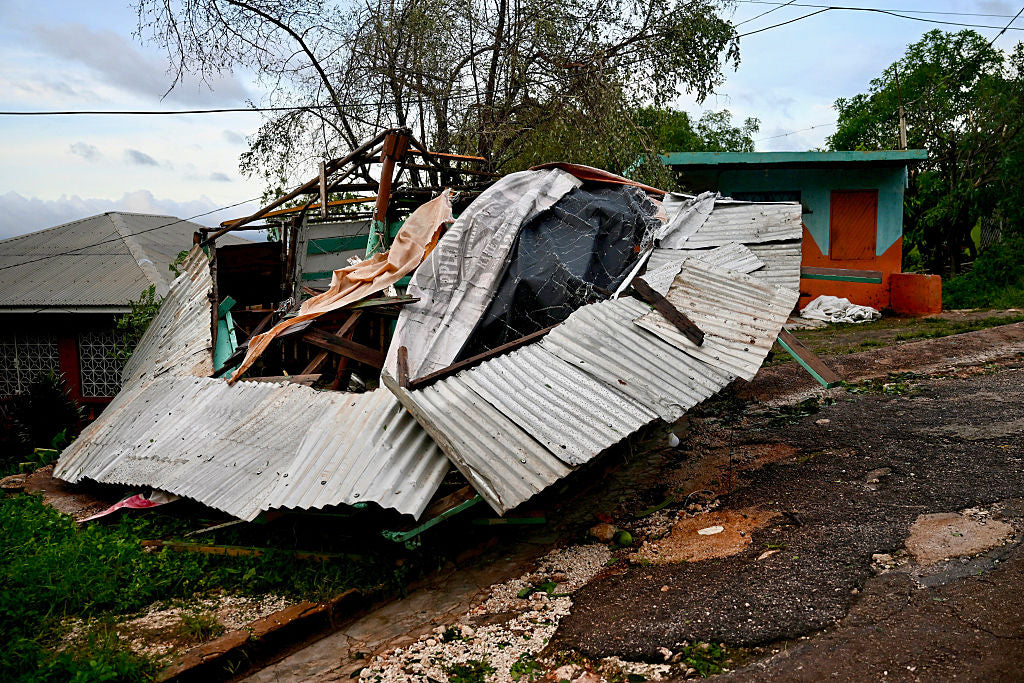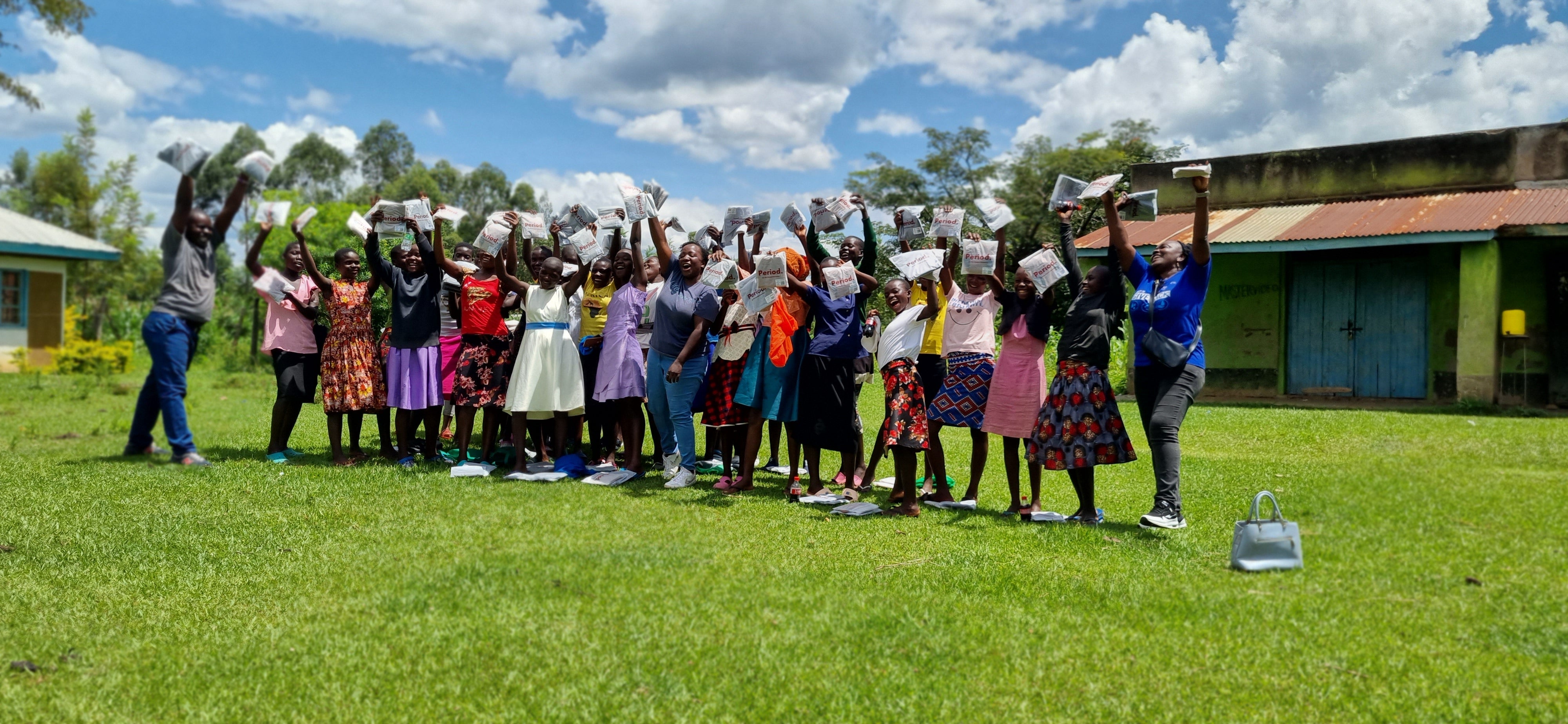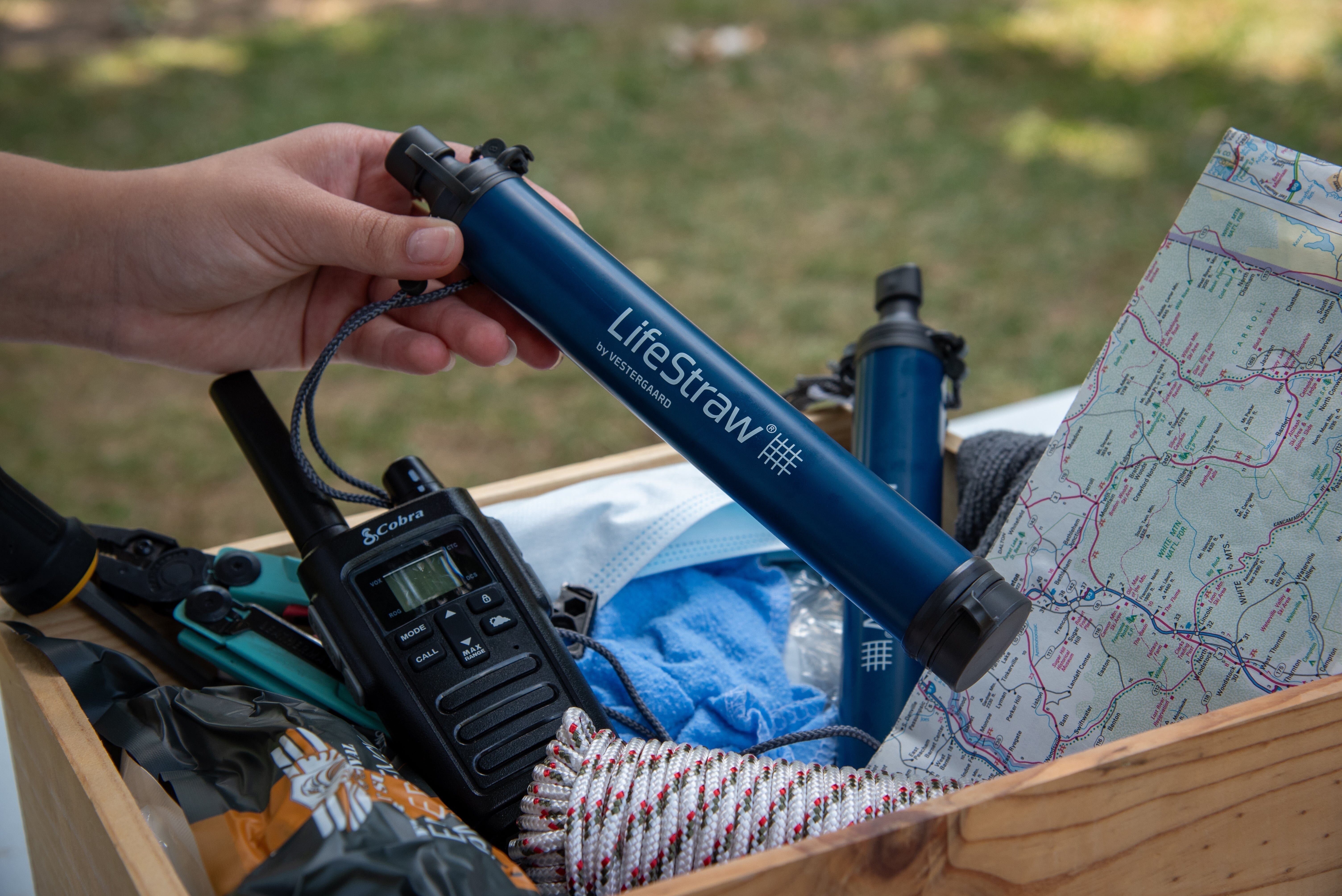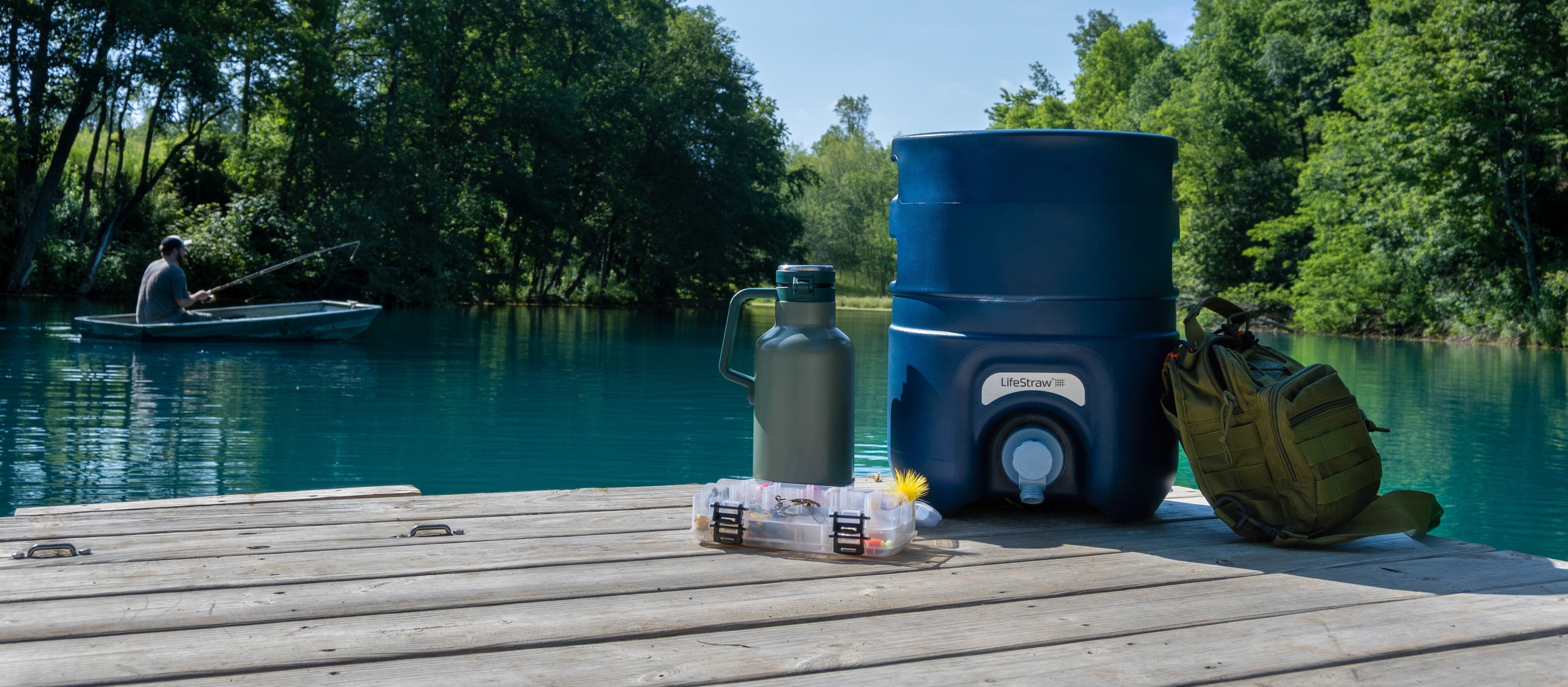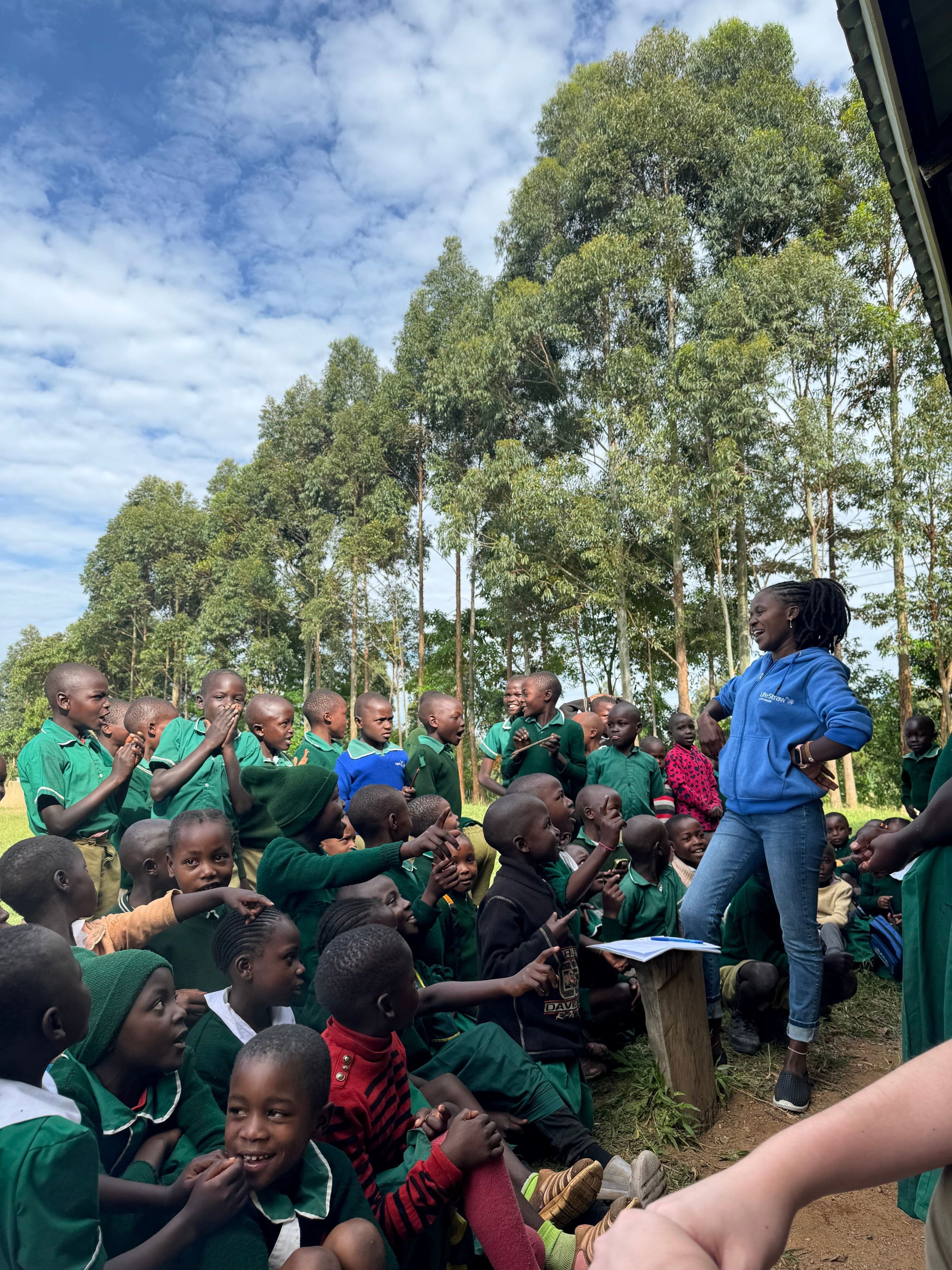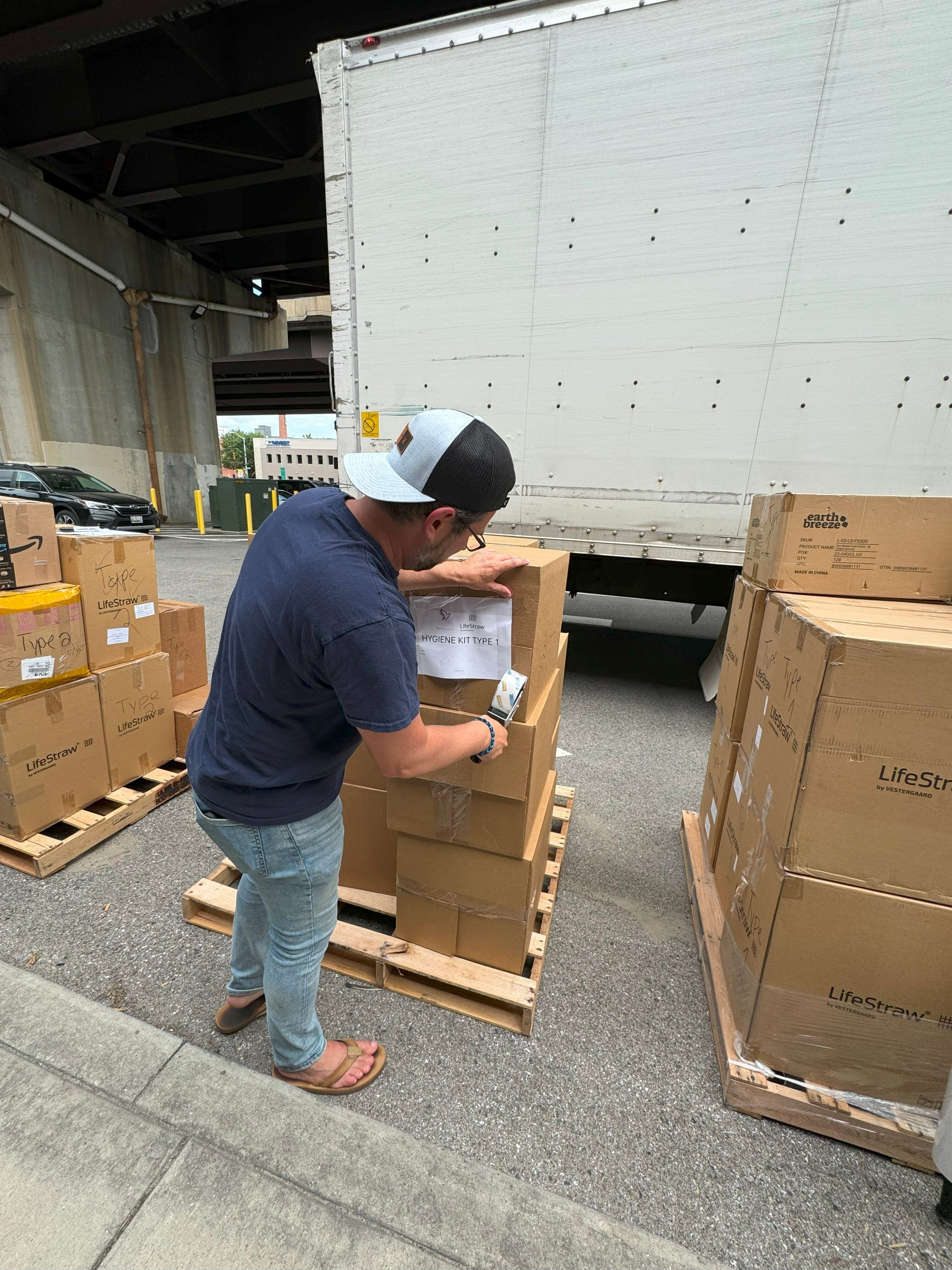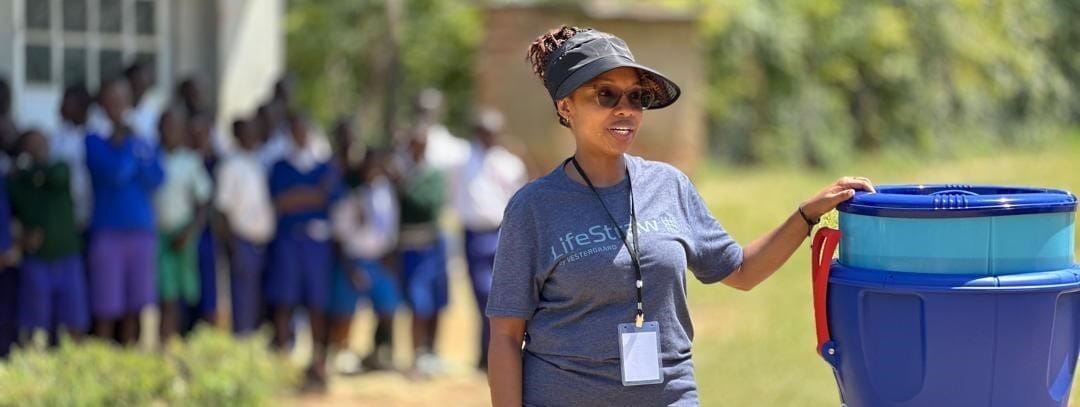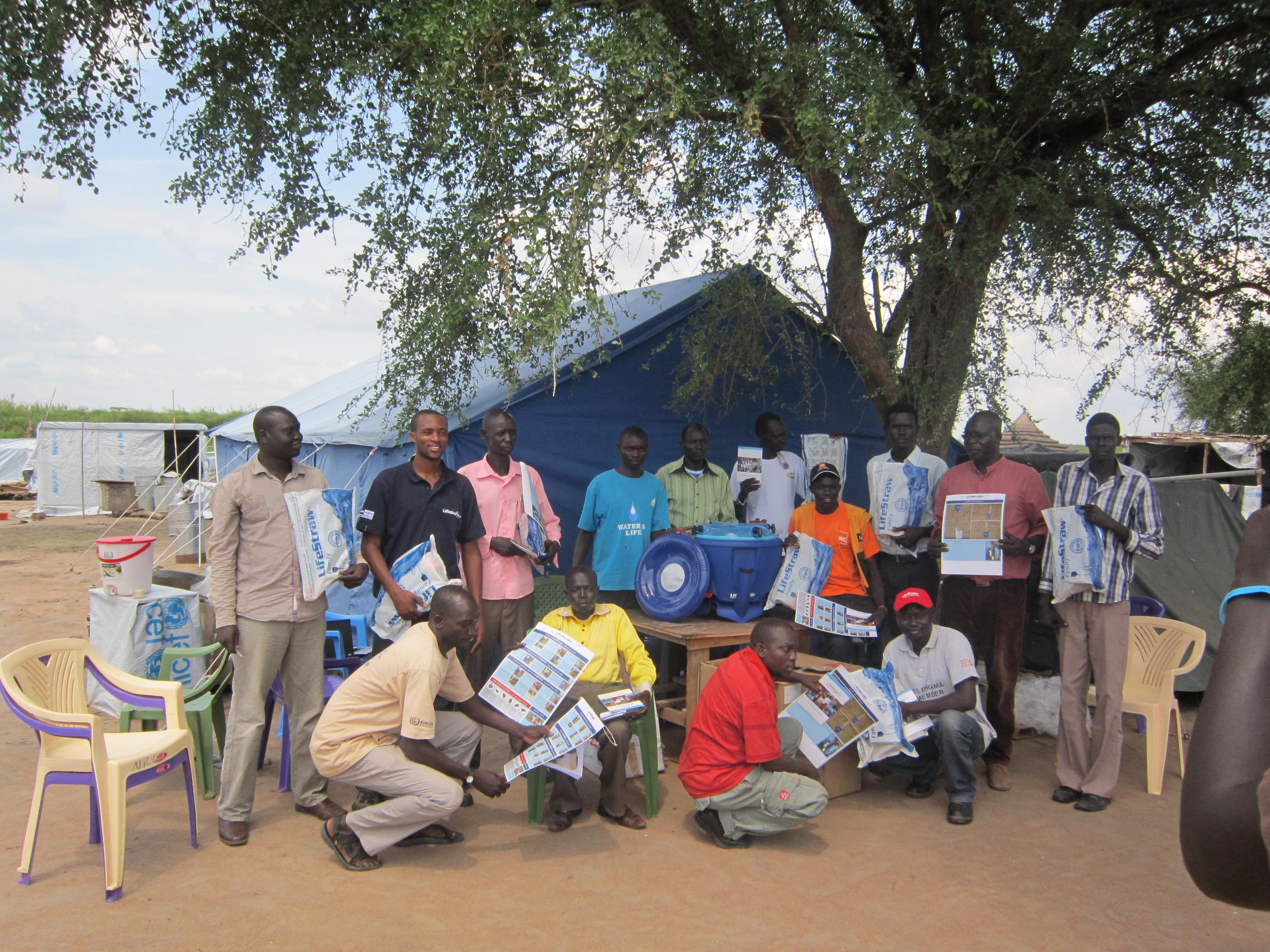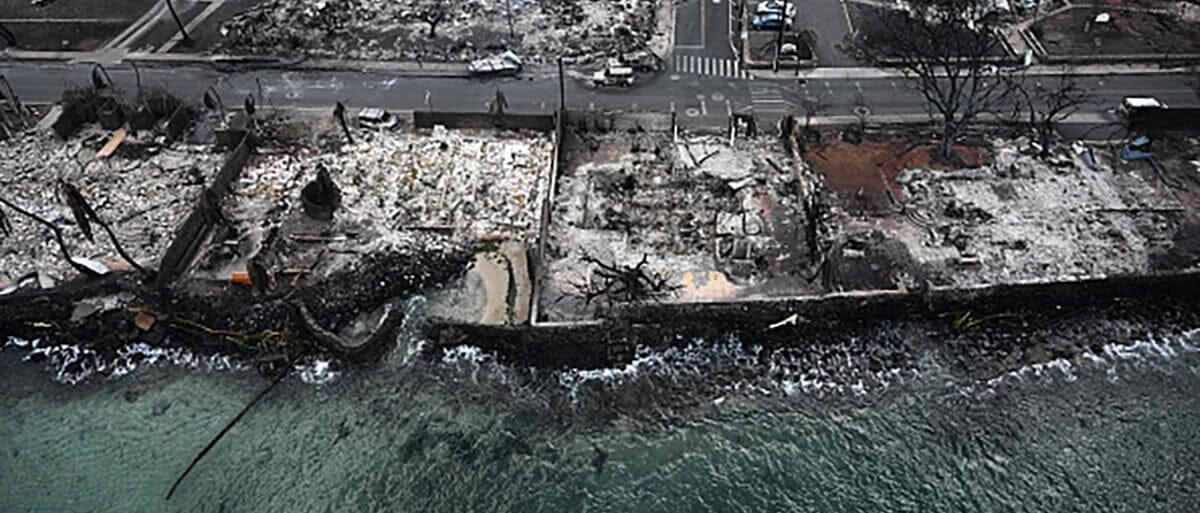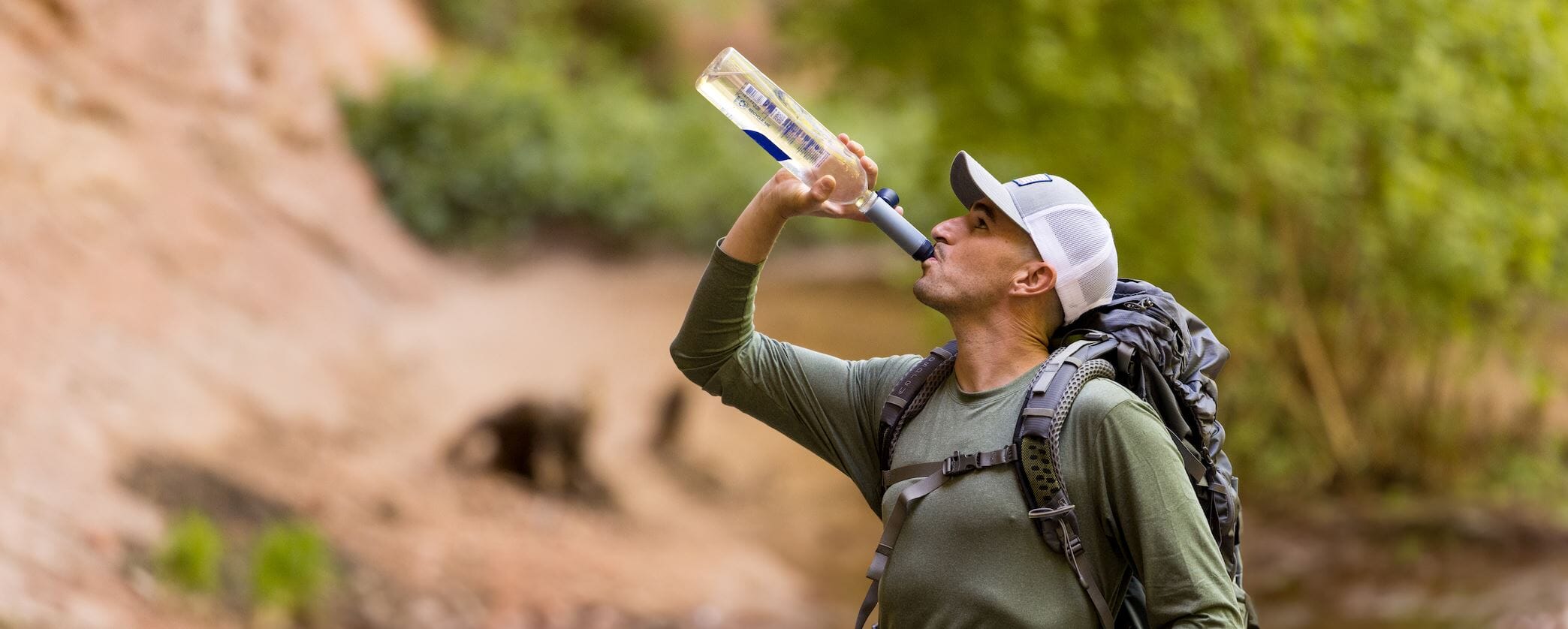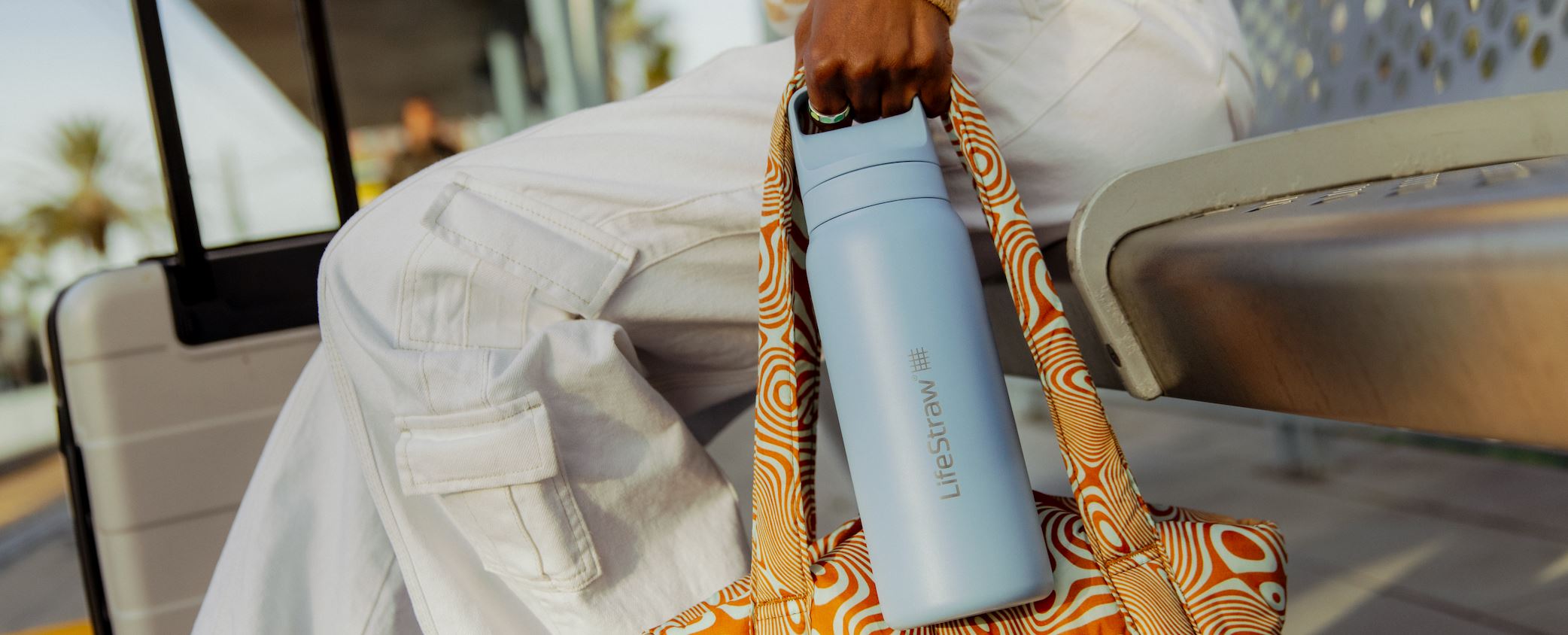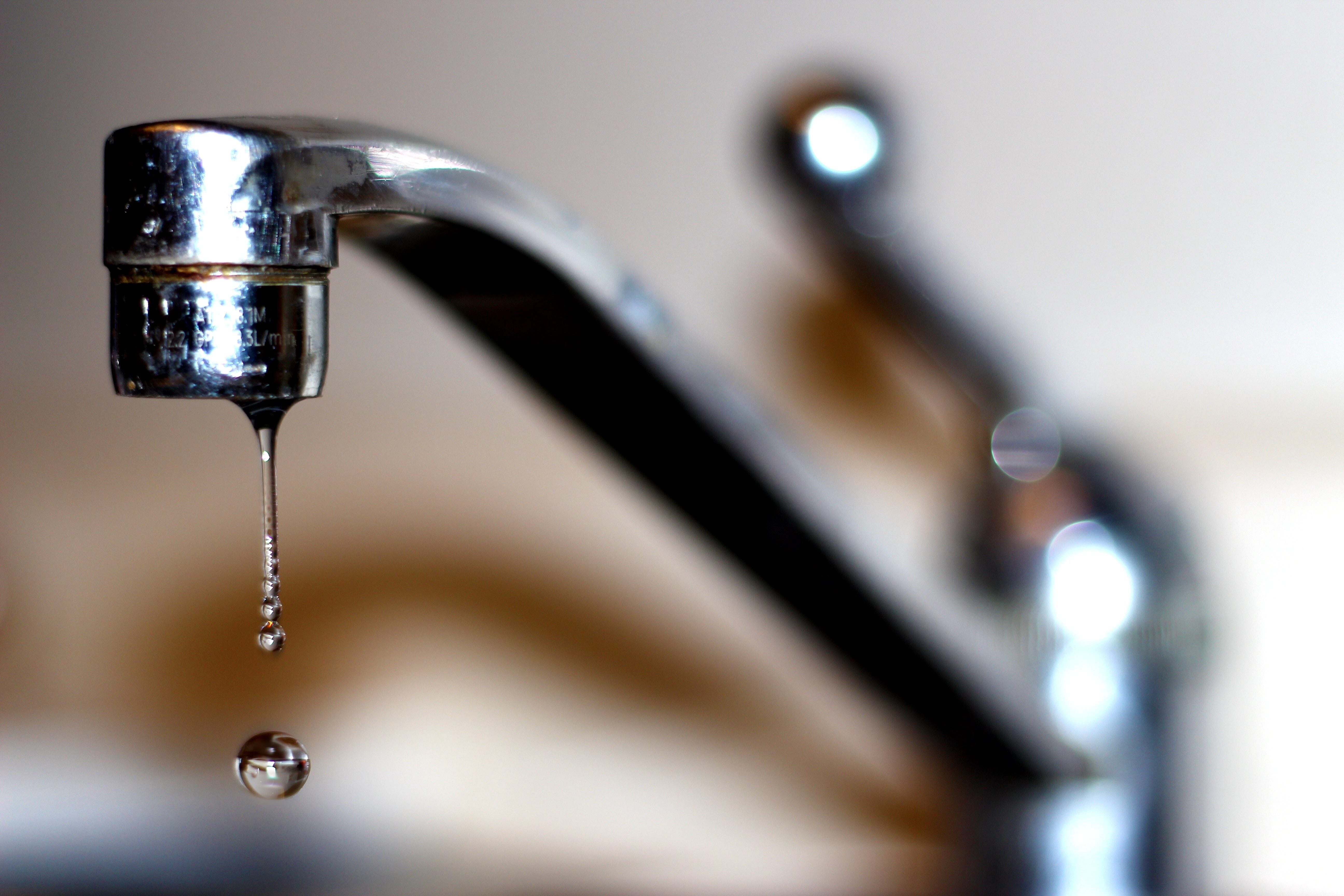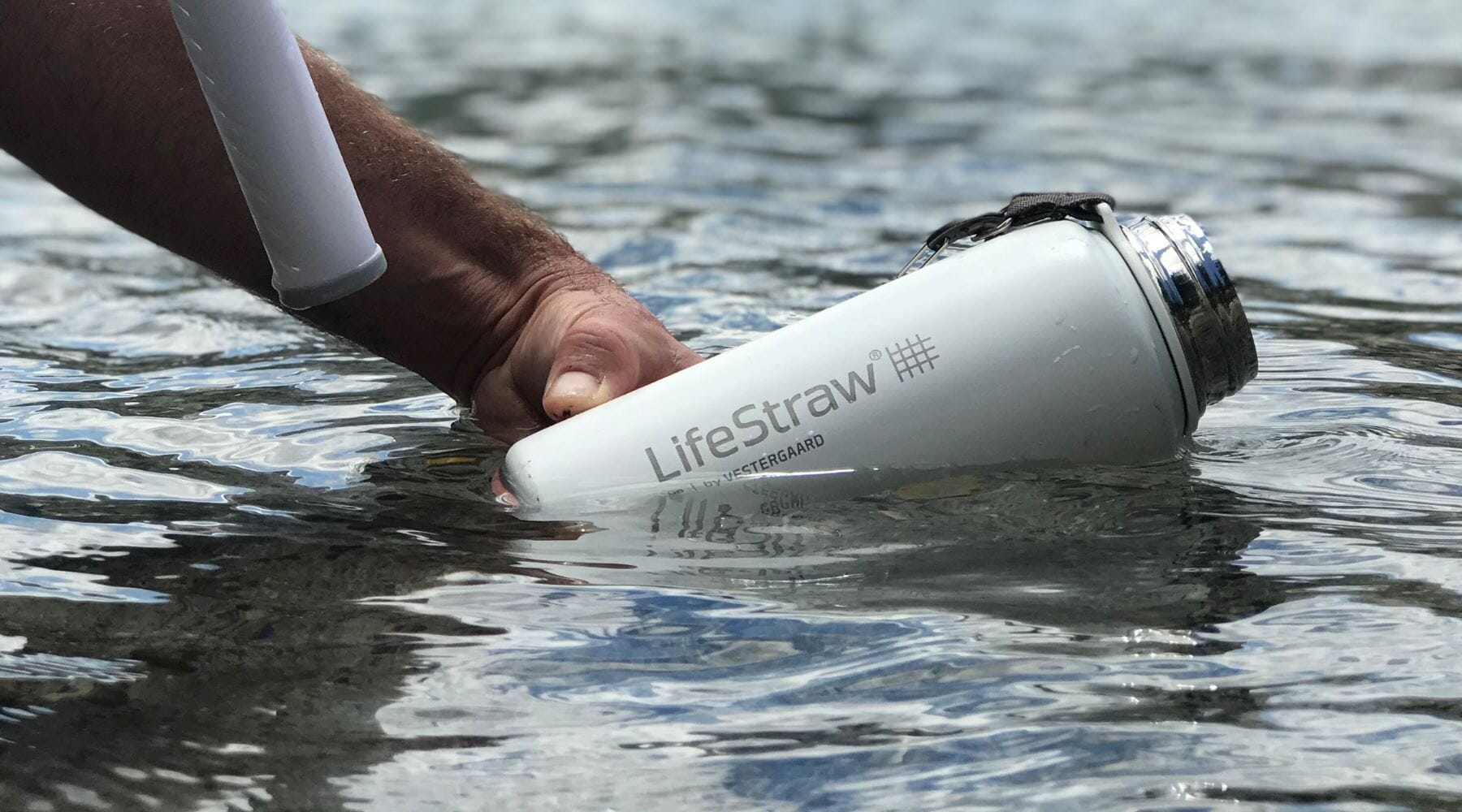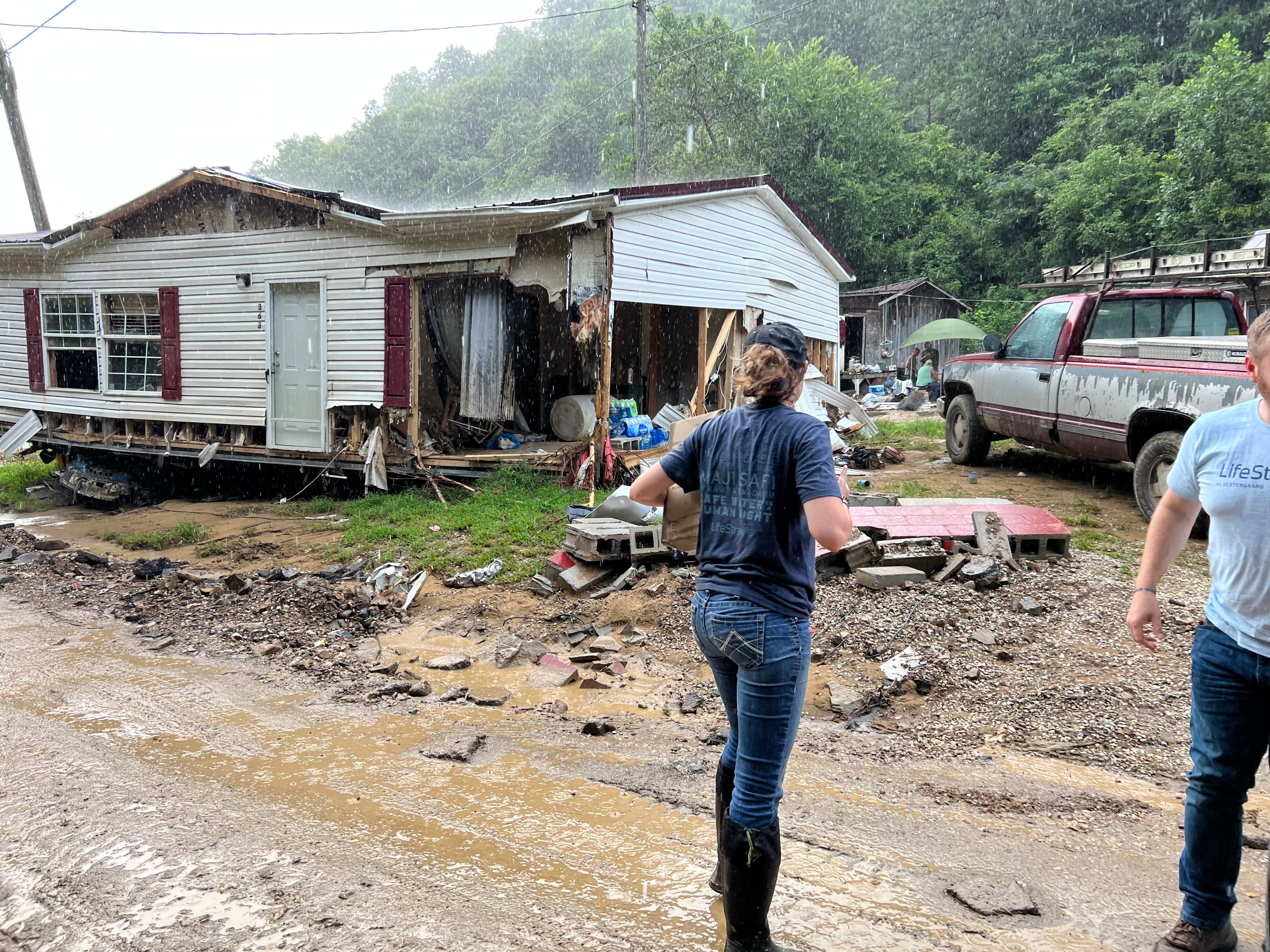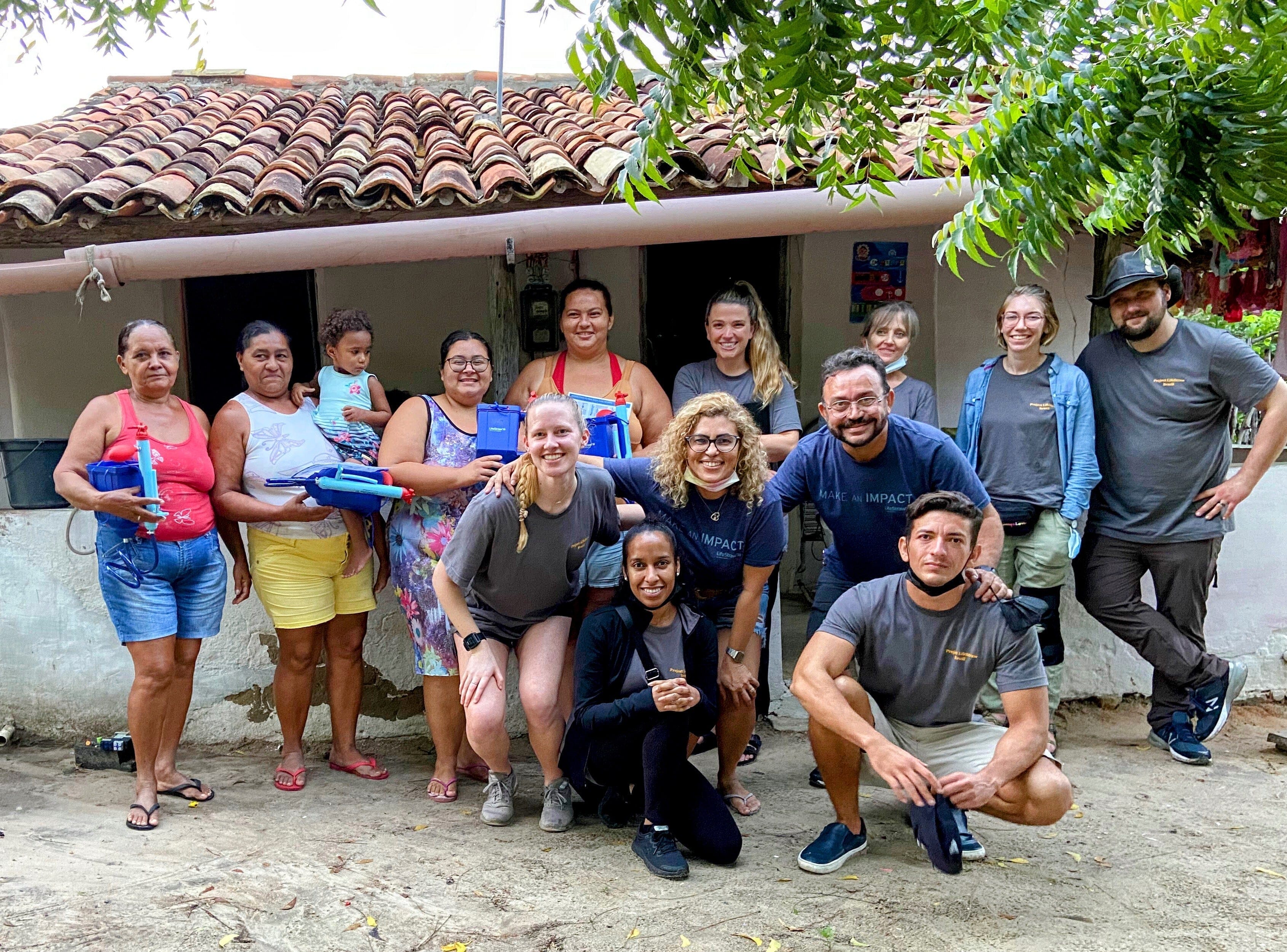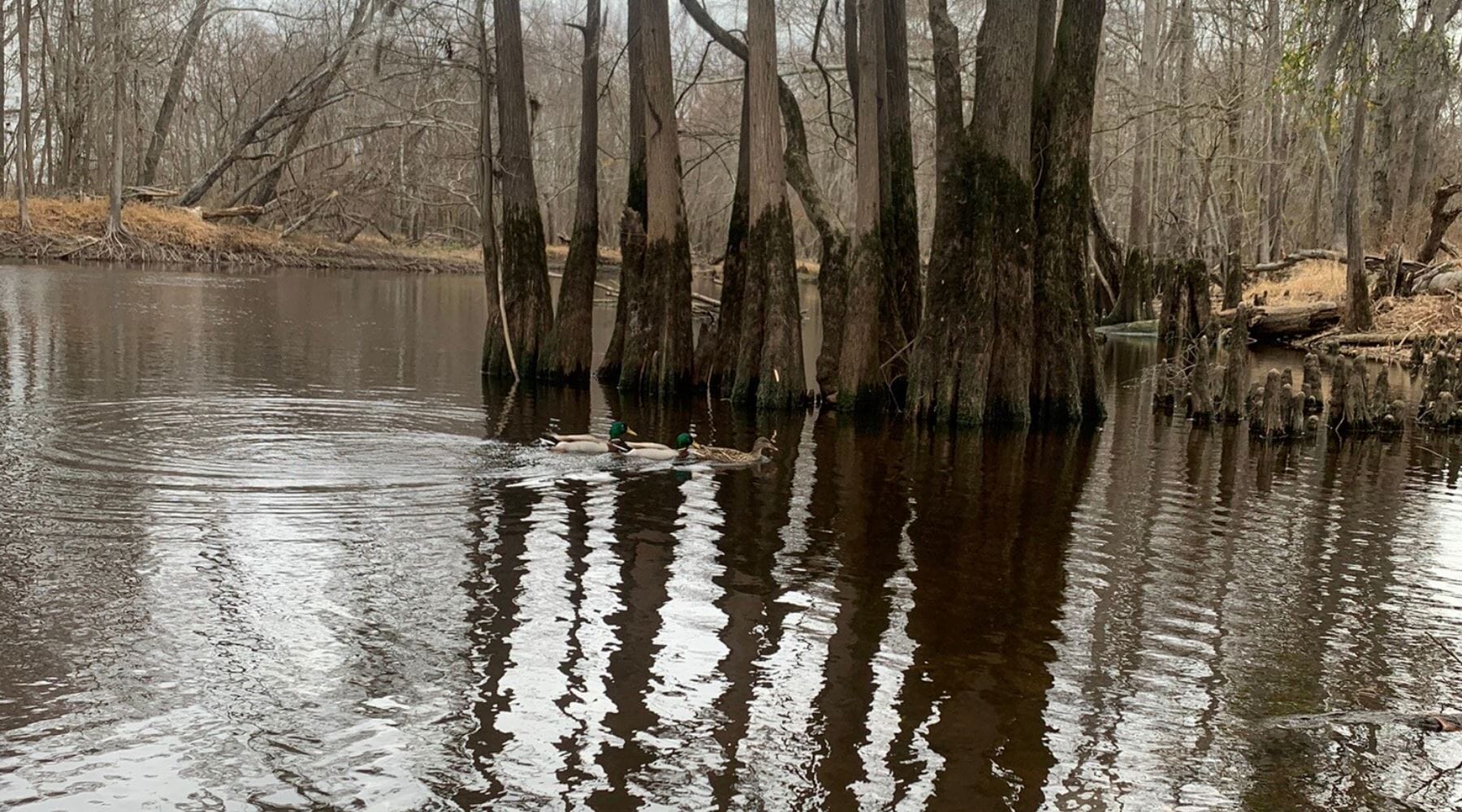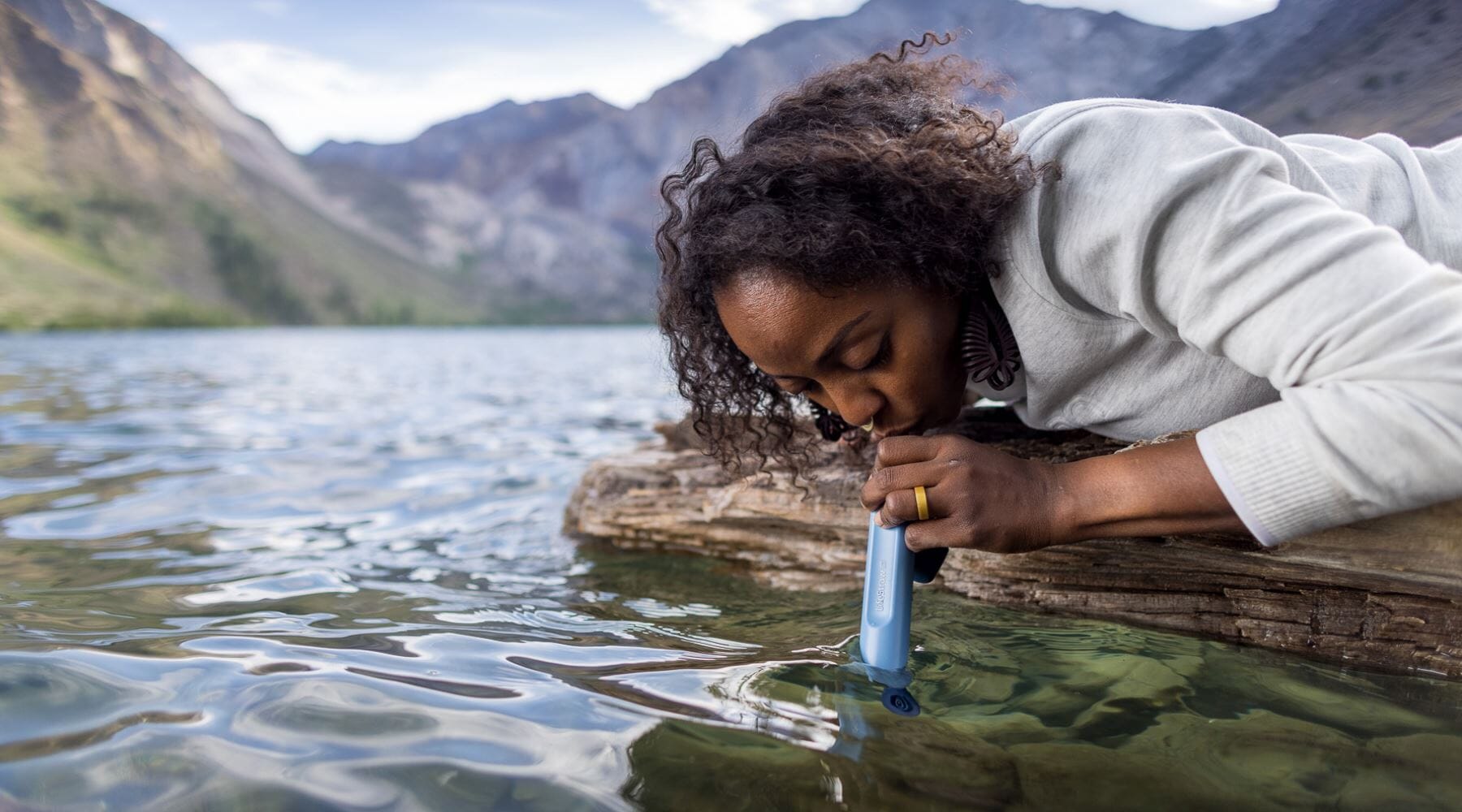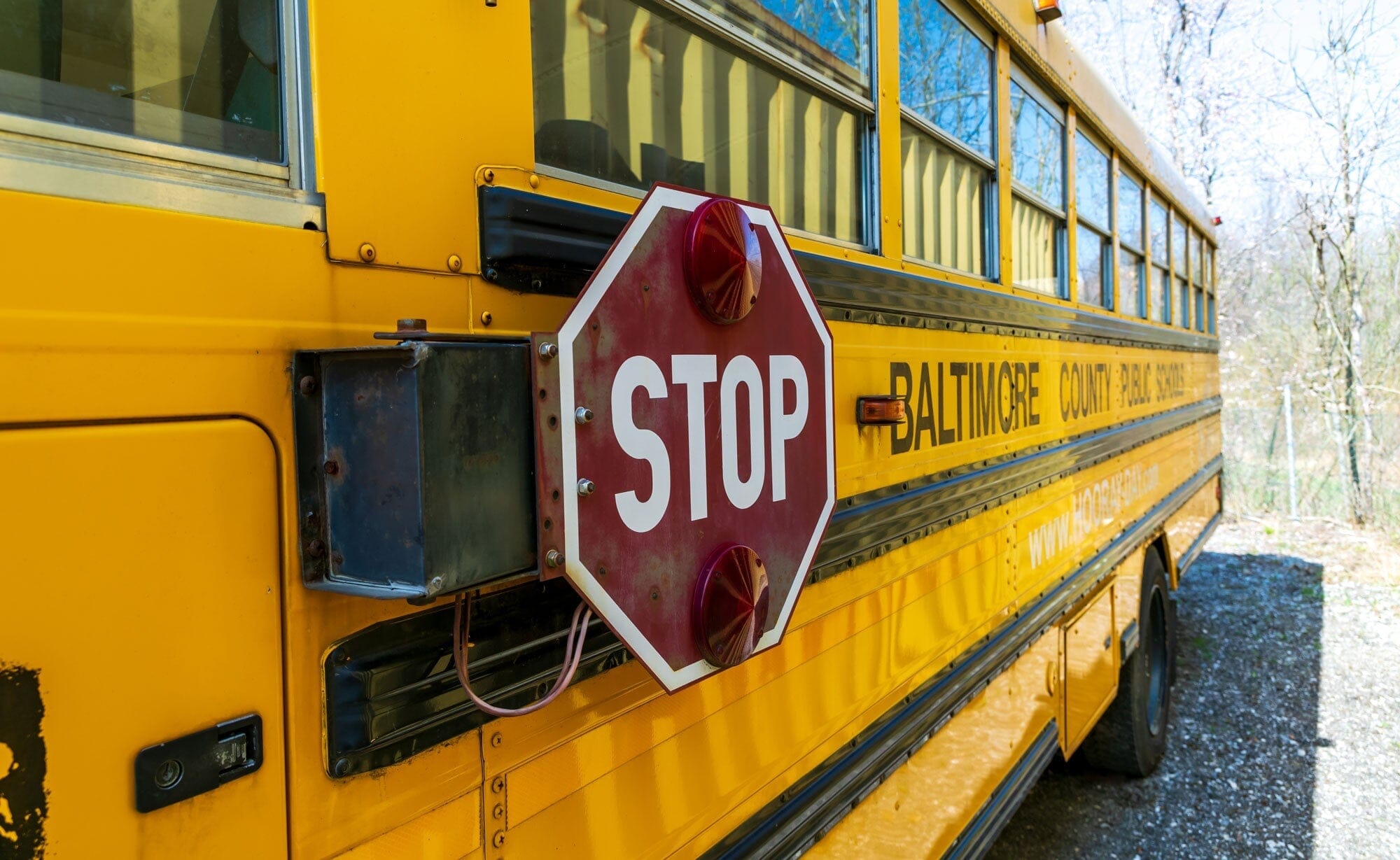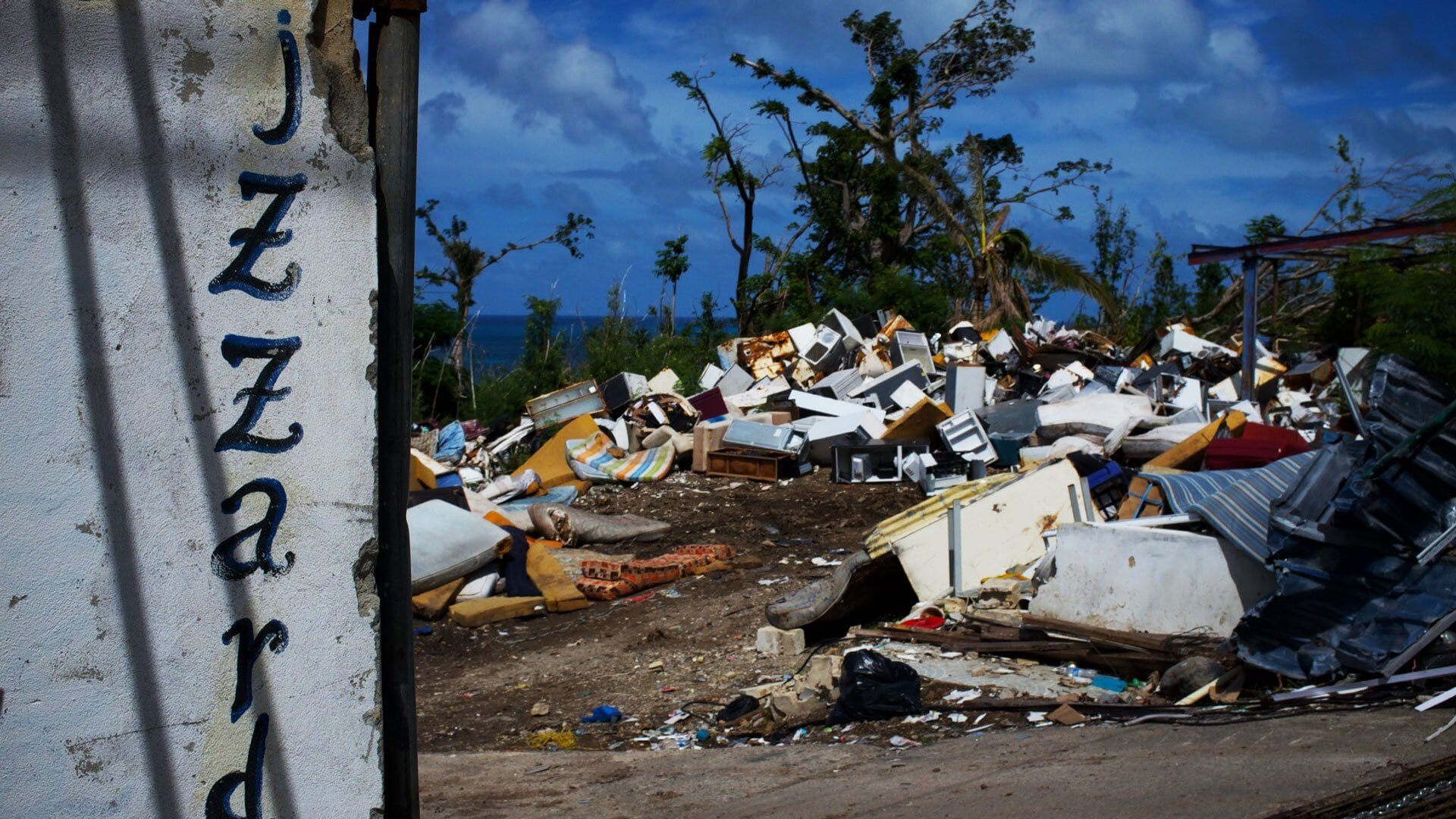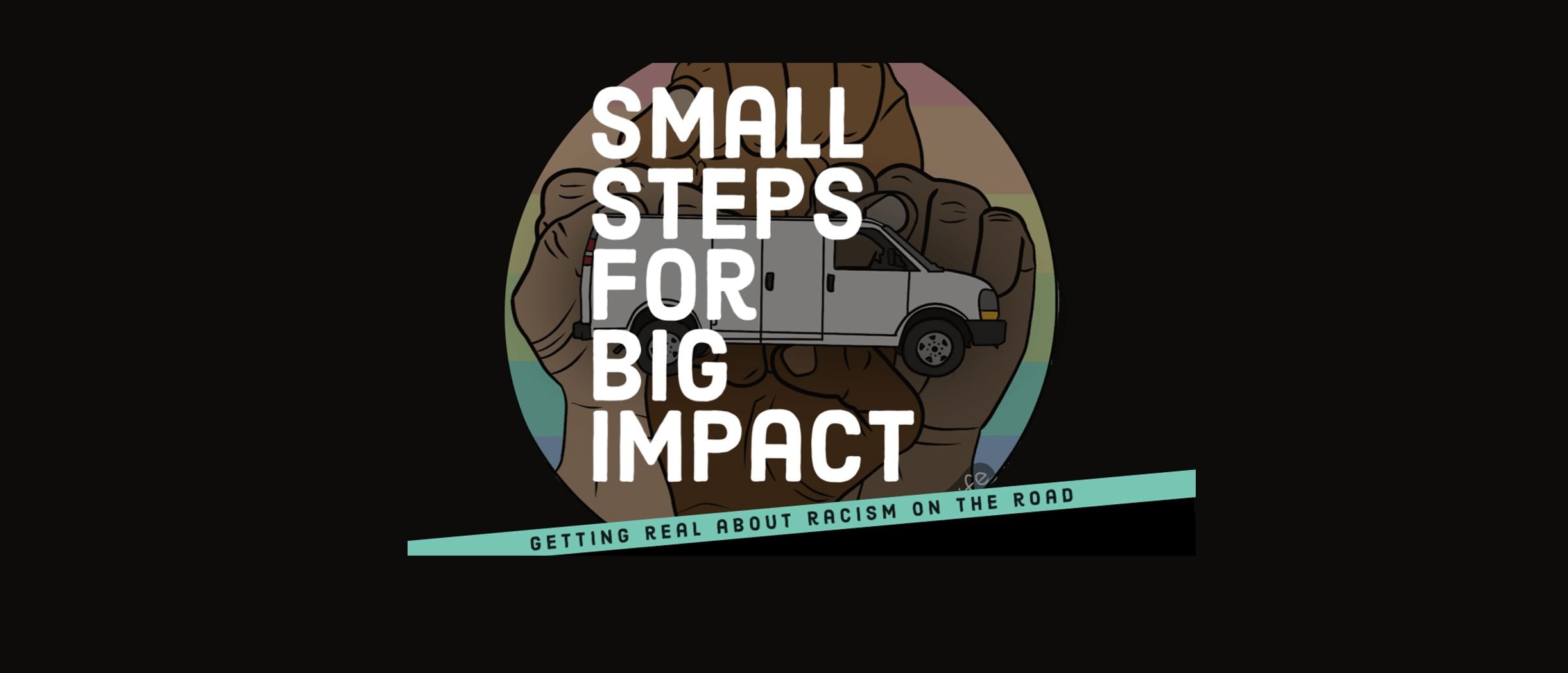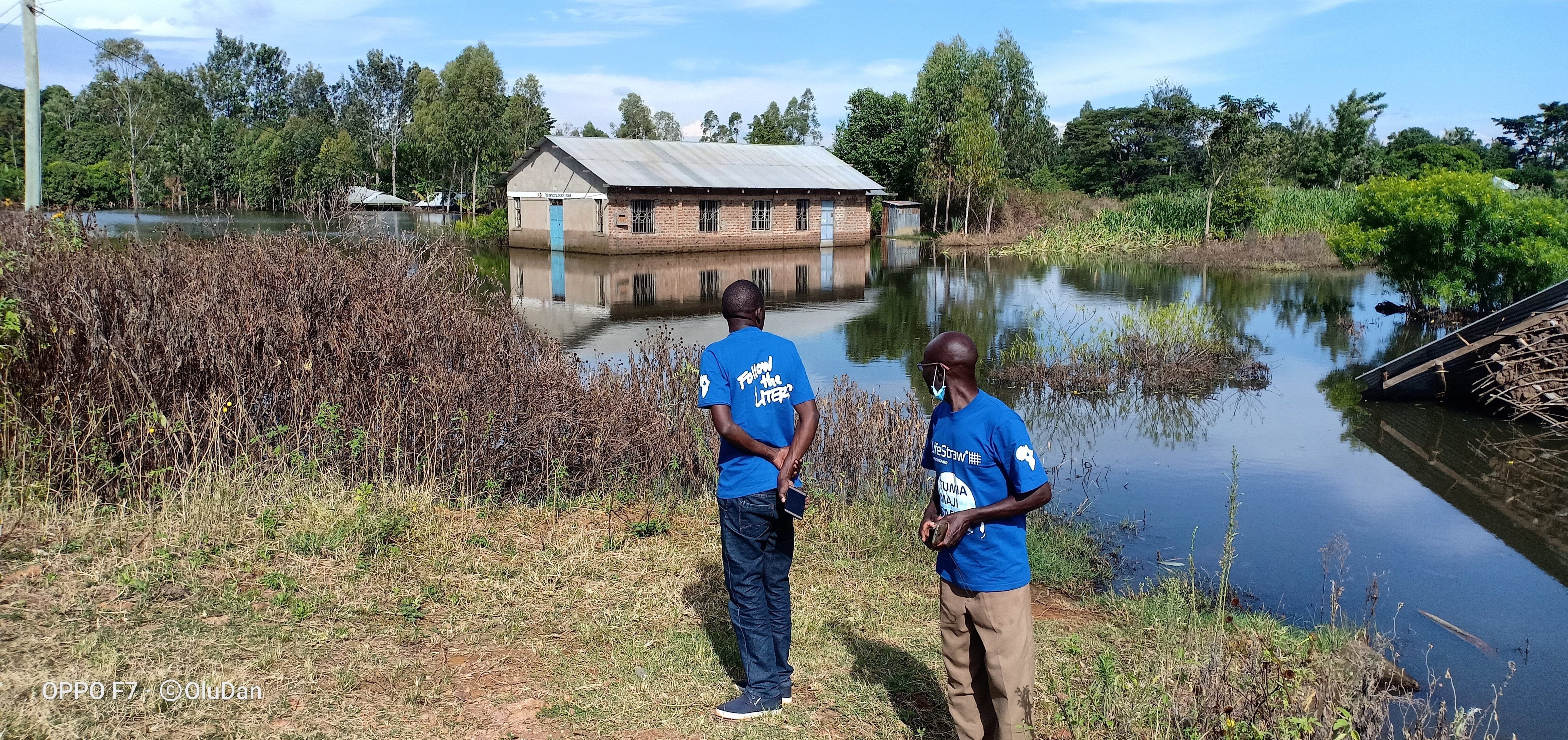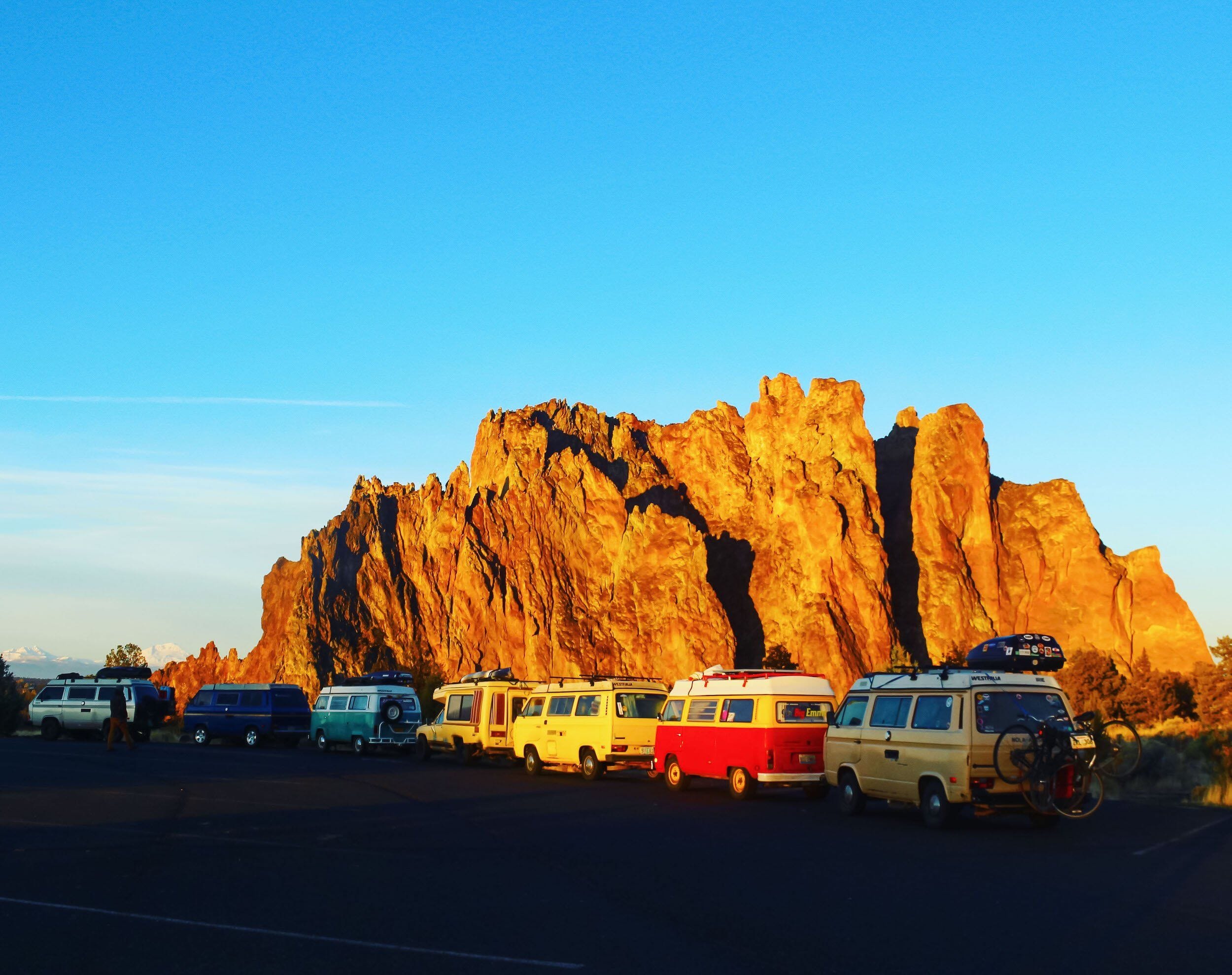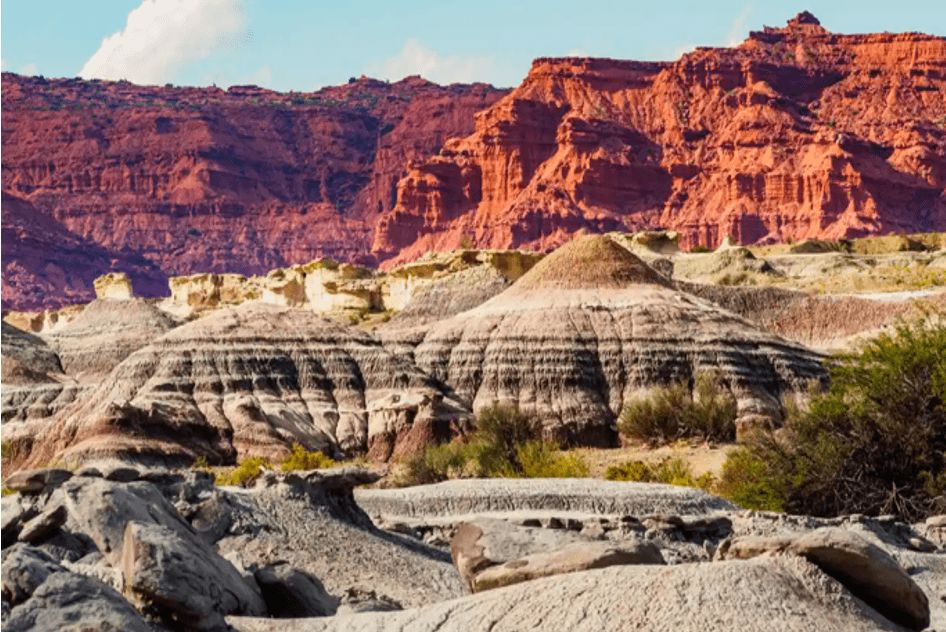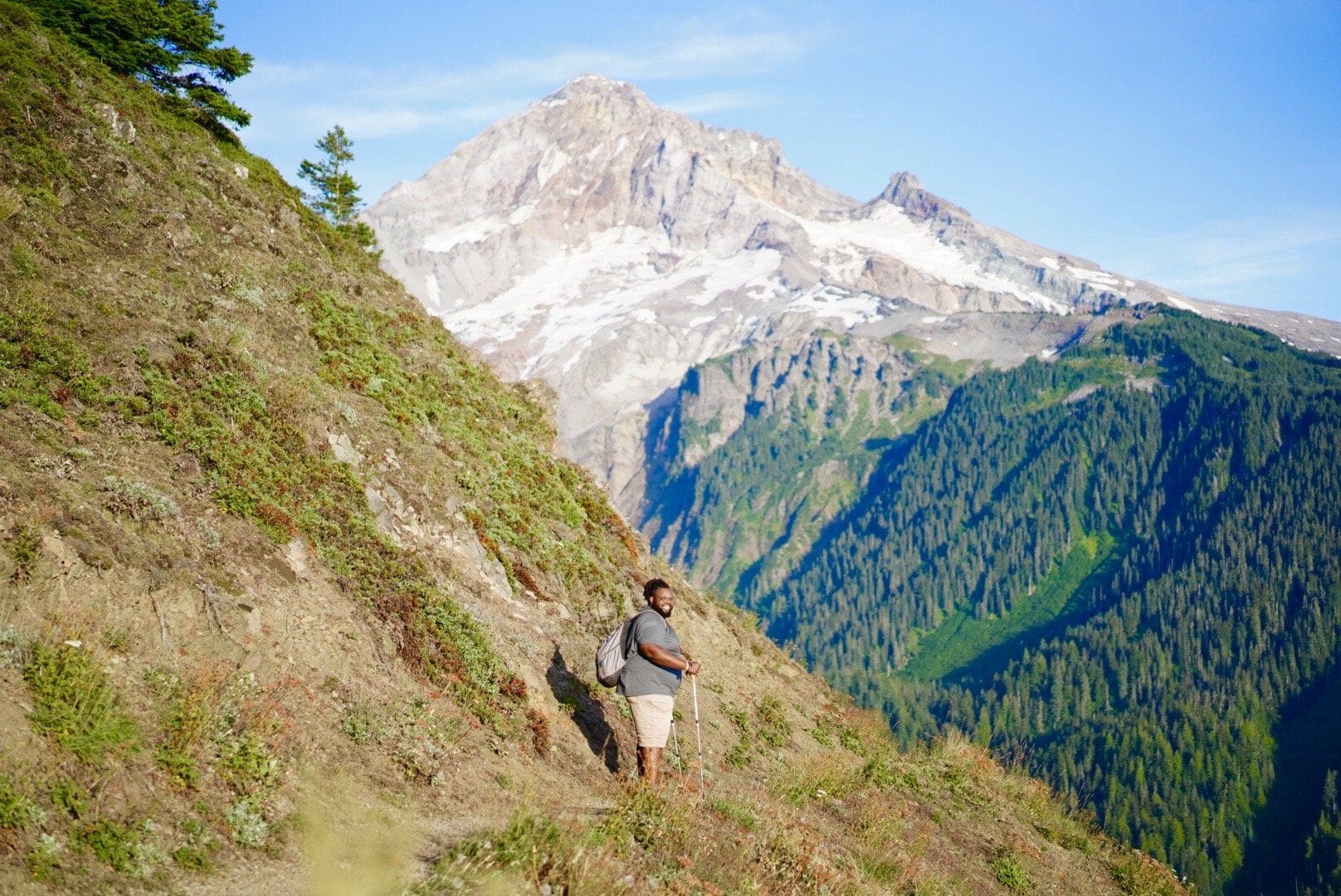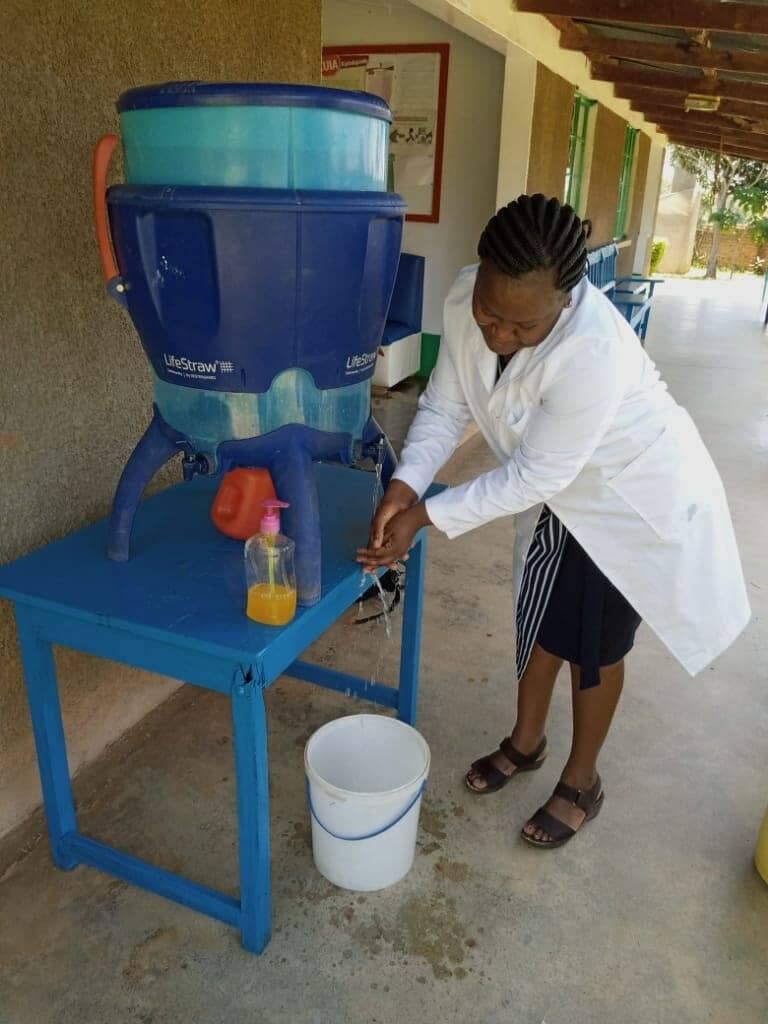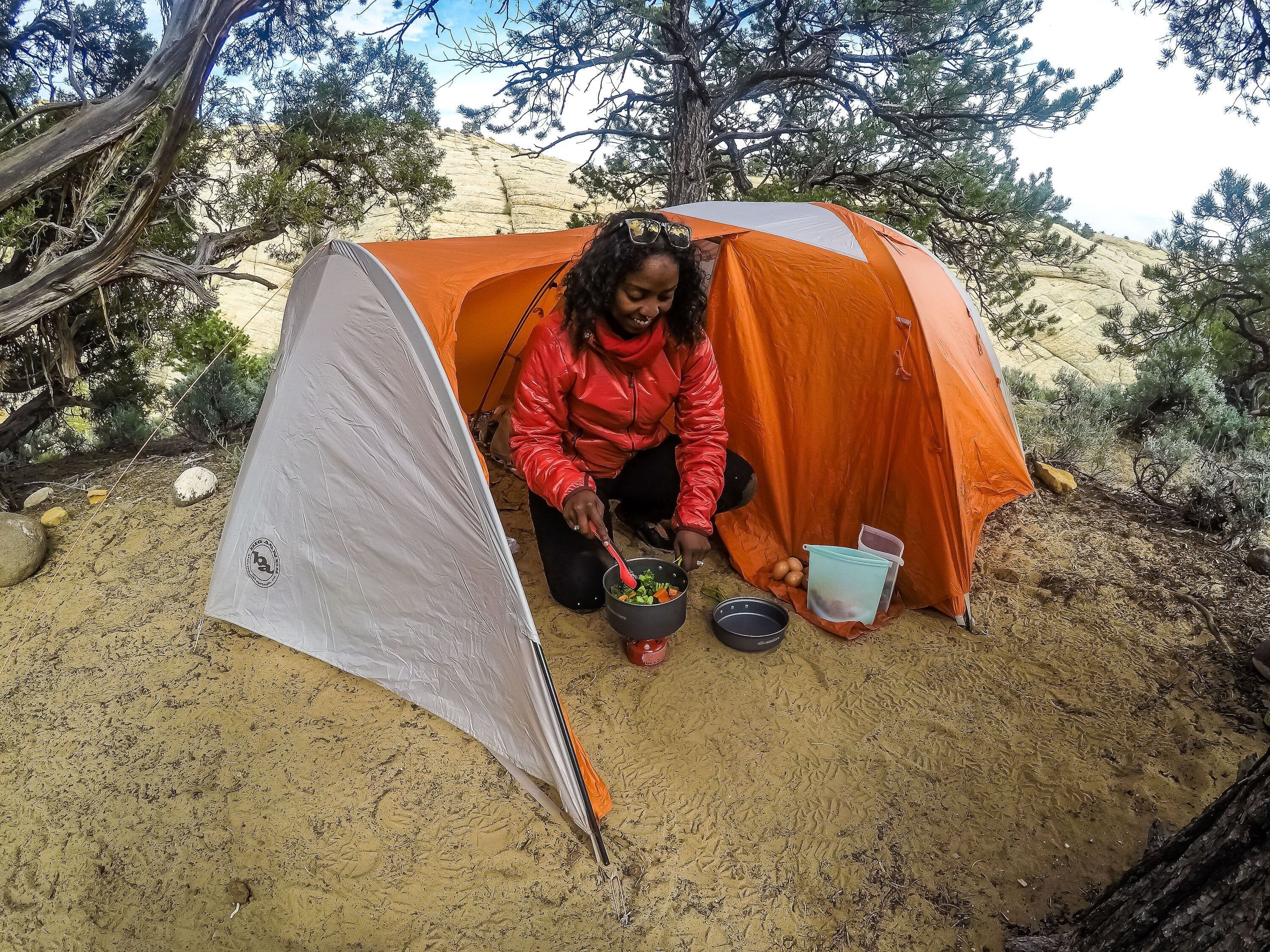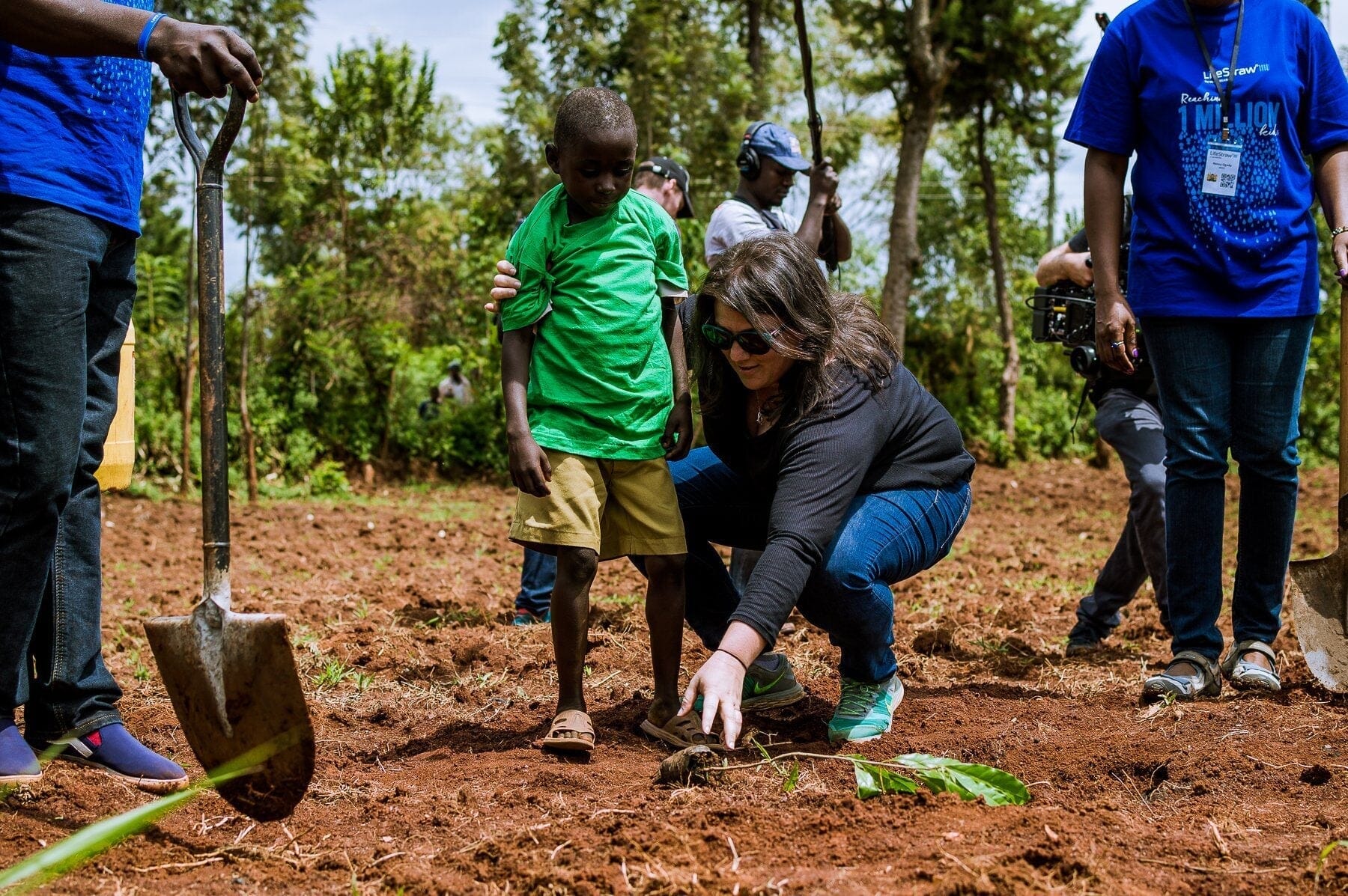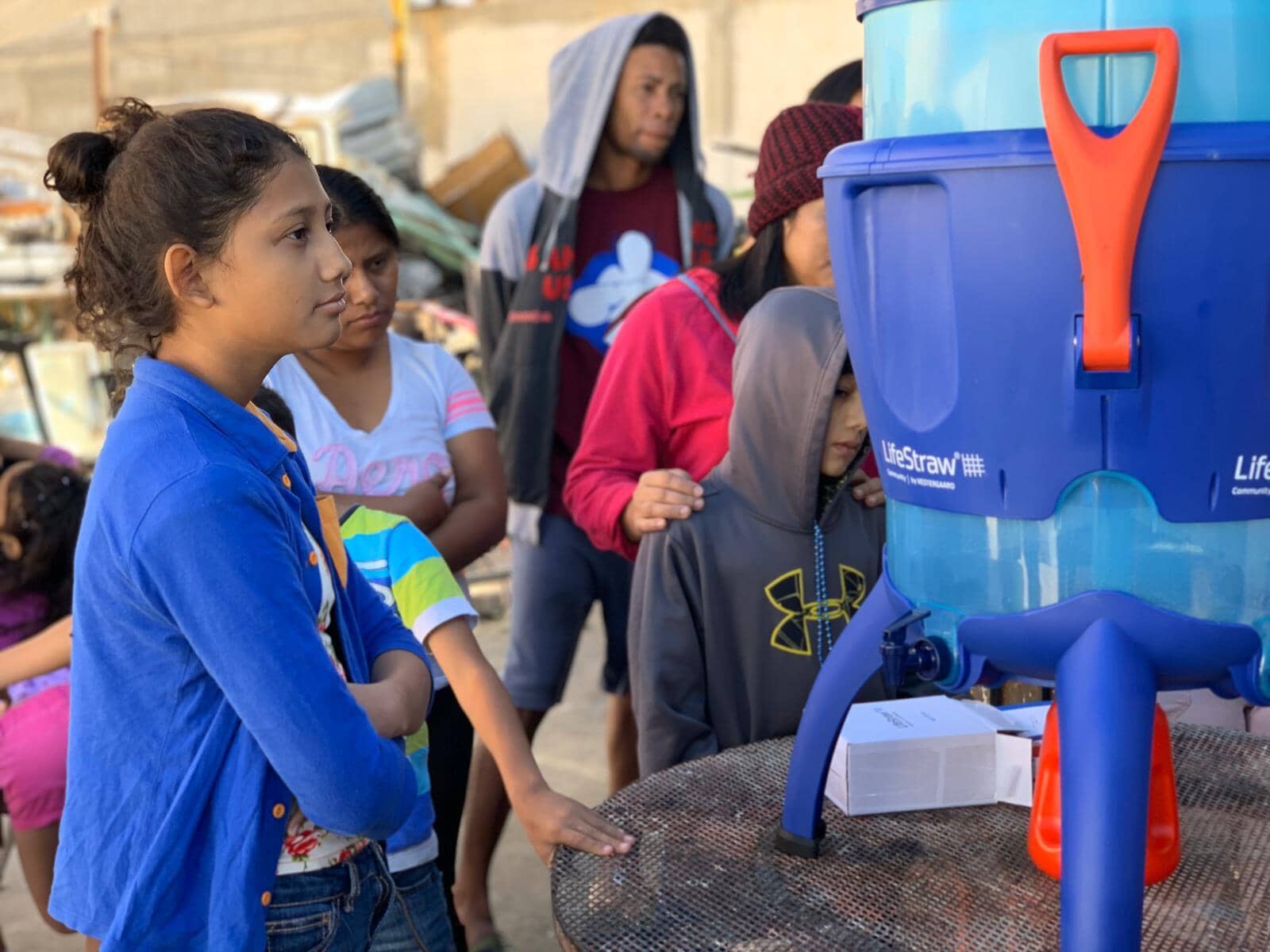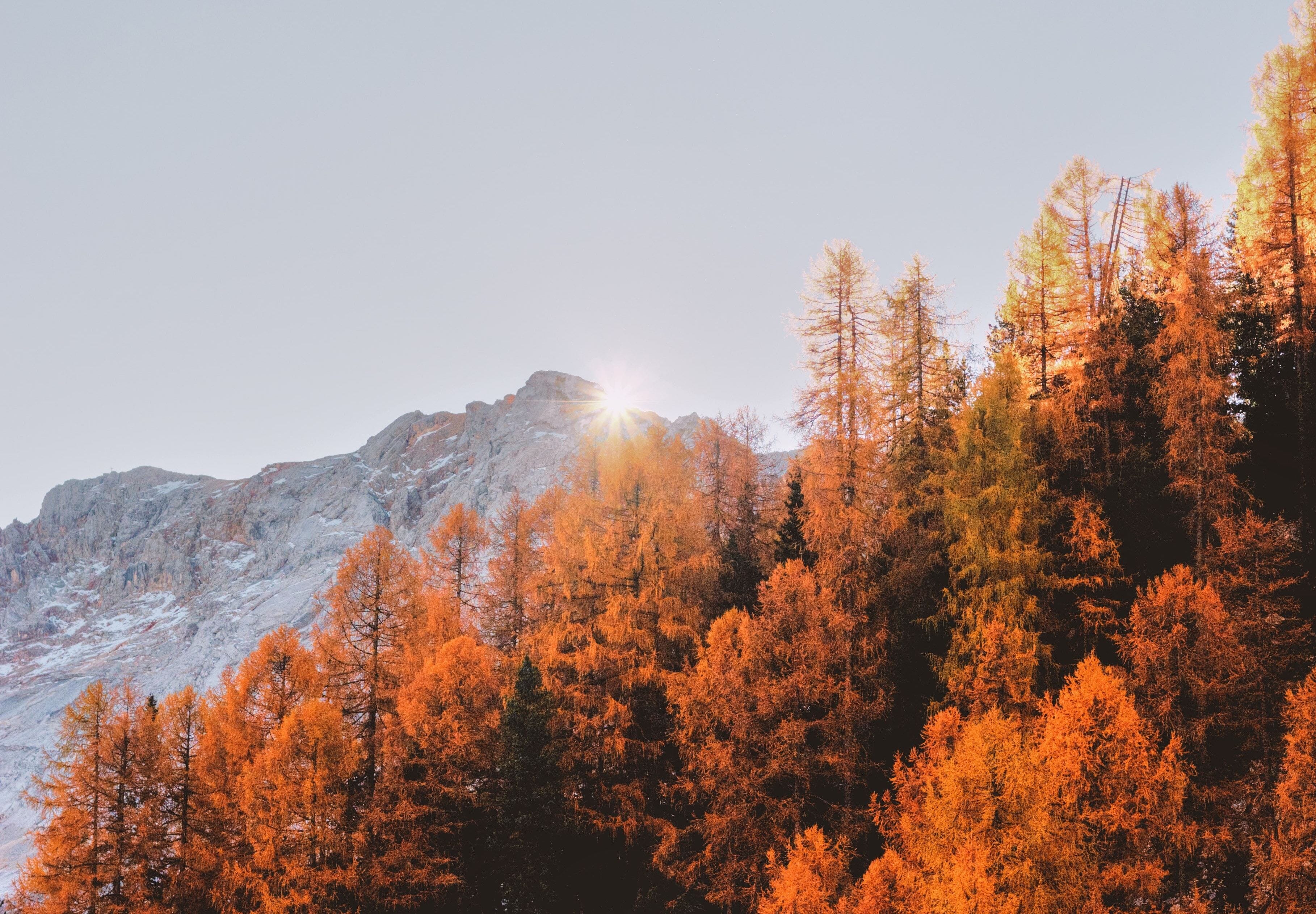
Get Ready for Disaster Season: The Ultimate Guide to Building a No-Expiration Emergency Kit
September 20, 22
Updated by the LifeStraw team August 2024
As natural disaster season approaches, being prepared is more important than ever. Whether it's a hurricane, wildfire, or another emergency, having the right gear on hand can make all the difference. Our team has compiled a list of essential items, blending our personal favorites with expert recommendations, to help you build the ultimate no-expiration emergency preparedness kit.
1. Stay Hydrated: LifeStraw Water Filters
Access to clean drinking water is a top priority during a natural disaster. While it’s smart to store a few gallons for immediate use (aim for a 3-day supply), long-term protection is crucial. That's where a personal water filtration product like LifeStraw comes in.
For Your Go Bag: The original LifeStraw is a must-have. It’s a lightweight, durable personal filtration device that removes parasites, bacteria, and microplastics, allowing you to safely drink from rivers or other natural water sources. With no expiration date and a capacity of up to 1,000 gallons, it’s built to last around five years of continuous use.
For Groups and Shelters: Consider the LifeStraw Community or LifeStraw Max for larger capacity needs. These purifiers go a step further by removing viruses, in addition to bacteria, parasites, and microplastics.
2. Stay Healthy: First Aid Essentials
In any disaster, injuries are a real possibility. A well-stocked first aid kit is a non-negotiable part of your emergency pack or bug-out bag. Look for kits that include surgical tape, skin glue, ace wraps, diphenhydramine (Benadryl), hydrocortisone cream, antibiotic ointment, plenty of bandages, and gauze rolls. Ensure the kit is either OSHA or ANSI compliant for quality assurance. Don’t forget to include any critical medications you or your family might need.
3. Breathe Easy: Respirators
Air quality can quickly deteriorate during wildfires or other disasters, making a good respirator essential. Not all masks are created equal—opt for those with an N95 rating to ensure you’re protected from harmful particles in the air.
4. Stay Fed: Non-Perishable Food
Packing non-perishable, protein-rich food is key to staying nourished during an emergency. Lightweight options like protein bars, dried fruit, beef jerky, and mixed nuts are great. For no-expiration, ready-to-eat meals, consider dehydrated or freeze-dried food options. Pack at least a 3-day supply to be safe.
5. Stay Handy: Multi-Purpose Tools
A multi-purpose tool is invaluable in an emergency. From building a shelter to opening a can of food or shutting off a gas leak, it’s a versatile addition to your kit. Any tool with a knife, screwdriver head, pliers, and a can opener will do. Remember to keep a dedicated one in your emergency kit so it’s always ready when you need it.
6. Stay Sheltered: Portable Tents
When you need to evacuate quickly, a foldable tent or shelter is a lifesaver. Look for options that are waterproof, windproof, and tear-resistant, and that can help retain body heat to keep you warm in harsh conditions.
7. Stay Informed: Emergency Radios
Staying informed during a disaster is crucial. A battery-powered or hand-cranked radio ensures you receive weather alerts and other critical updates, even when the grid goes down. The NOAA Weather Radio is highly recommended for continuous, direct weather information.
8. Stay Lit: Compact Lighting
Navigating in the dark during a power outage is challenging without a reliable light source. A solar-powered or long-lasting, battery-free light is a great addition to your emergency kit.
9. Stay on Target: Handheld Maps
In a disaster, GPS might not be available, and digital assistants won’t be much help. A handheld map of your area is essential for navigation. Mark important locations like disaster relief centers and water sources ahead of time, so you’re ready when it counts.
10. Stay Warm: Emergency Blankets
Emergency blankets are vital for staying warm and dry. Look for options that are durable, easy to spot with bright colors, and heat-reflective. These blankets are perfect for keeping warm, especially during cold nights or wet conditions.
Don’t wait until it’s too late! Start building your emergency survival kit today and store it in a safe, easily accessible spot. Being prepared can make all the difference in a disaster situation.
Explore our Emergency Prep Essentials collection.




